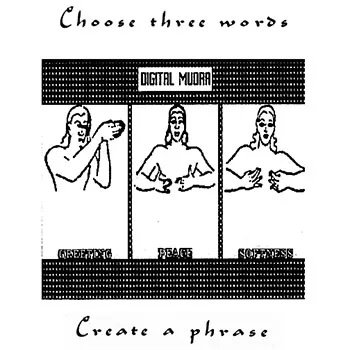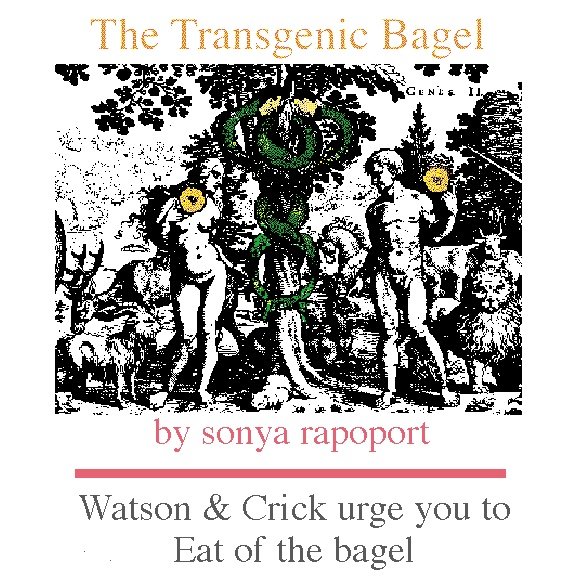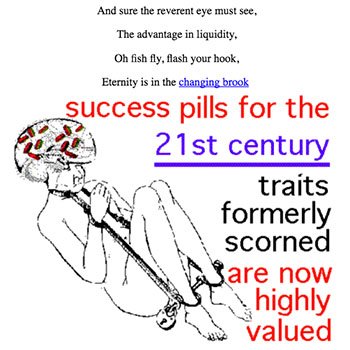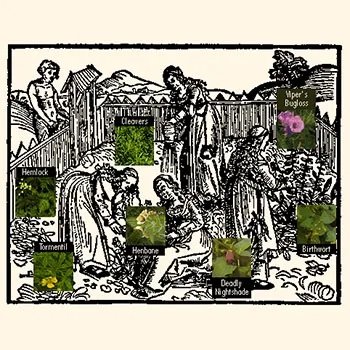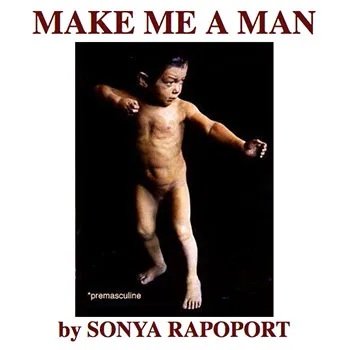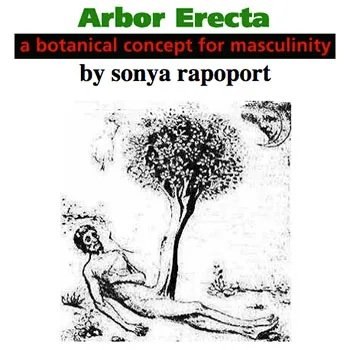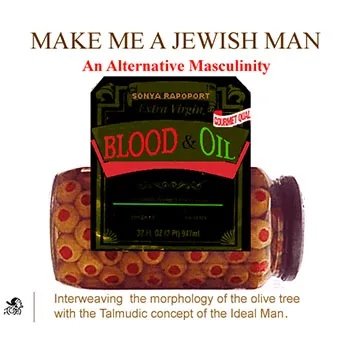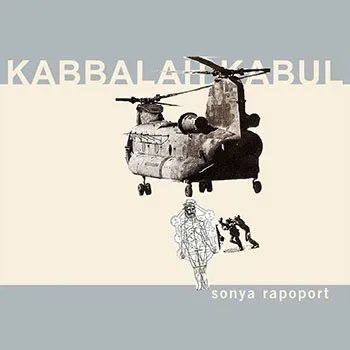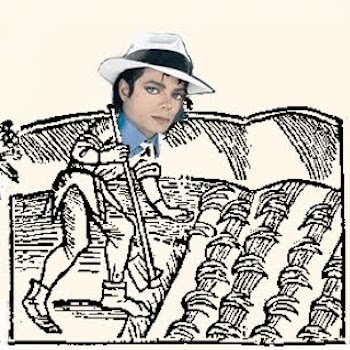Web Art
Rapoport’s computer-mediated interactive performances and software authoring projects of the 1980s naturally led her to becoming an early adopter of internet technology for both artmaking and art-related communications.
Beginning in 1989, with the Web Art version of Digital Mudra, she moved from using home computers in the gallery context and publishing software via floppy disks, to creating works of art that existed primarily online. Many of these were straightforward HTML coded websites (which have aged well and are currently available to view), but she also incorporated HyperCard stacks, QuickTime movies, and Adobe Flash (some of which can now be challenging to view). Most of Rapoport’s Web Art works are still available via her original website, kindly hosted by Berkeley-based ISP LMI.net:
Reflecting Rapoport’s interest in mystical belief systems and the social construction of gender, race, and religion, imagery was scanned from an astonishing variety of sources, including art history books, science journals, newspapers, and her own earlier work. Dial-up modem speeds at the time necessitated the use of small, highly compressed images that are characteristic of the early internet aesthetic.
Although this work is informed by Rapoport’s history of creating work that responded to viewers’ choices, much of it might not be described as interactive by today’s standards. Rather, Rapoport was inspired by the humanistic potential of hypertext to enable a self-directed, rhizomatic, multimedia experience for her viewers.
Rapoport was an active member of communities of like-minded creators and communicated online via Carl Loeffler and Fred Truck’s Art Com Electronic Network (ACEN) on the WELL, Anna Couey and Judy Malloy’s Interactive Art Conference on Arts Wire (later NYFA); and the new media art platform Rhizome. She was also involved with Leonardo, MIT’s new media art journal, initially based in the Bay Area under editor Roger Malina, where she would publish extensively and serve as a governing board member; Ken Goldberg’s Art, Technology, and Culture Colloquium at UC Berkeley, where she would present a talk in 2004, and digital art conferences including the International Symposium of Electronic Art (ISEA).
Many of Rapoport’s Web Art projects were collaborative in nature. She worked with artist and hyperfiction author Judy Malloy on Objective Connections (1996); with Marie-José Sat on Brutal Myths (1996); with programmer Hoang Le on Kabbalah Kabul (2004), and with artist and programmer Robert Edgar, who programmed the InAUTHENTIC “memory theater” project using Lingo, among others.
Some of these projects were also published in book form. The Transgenic Bagel (1994-95) was recreated as an elaborate, gamelike, interactive art book, and InAUTHENTIC was published in In Transition: Russia 2008 (NeMe IMCA Cyprus).
Sonya Rapoport in the studio with her computer.

